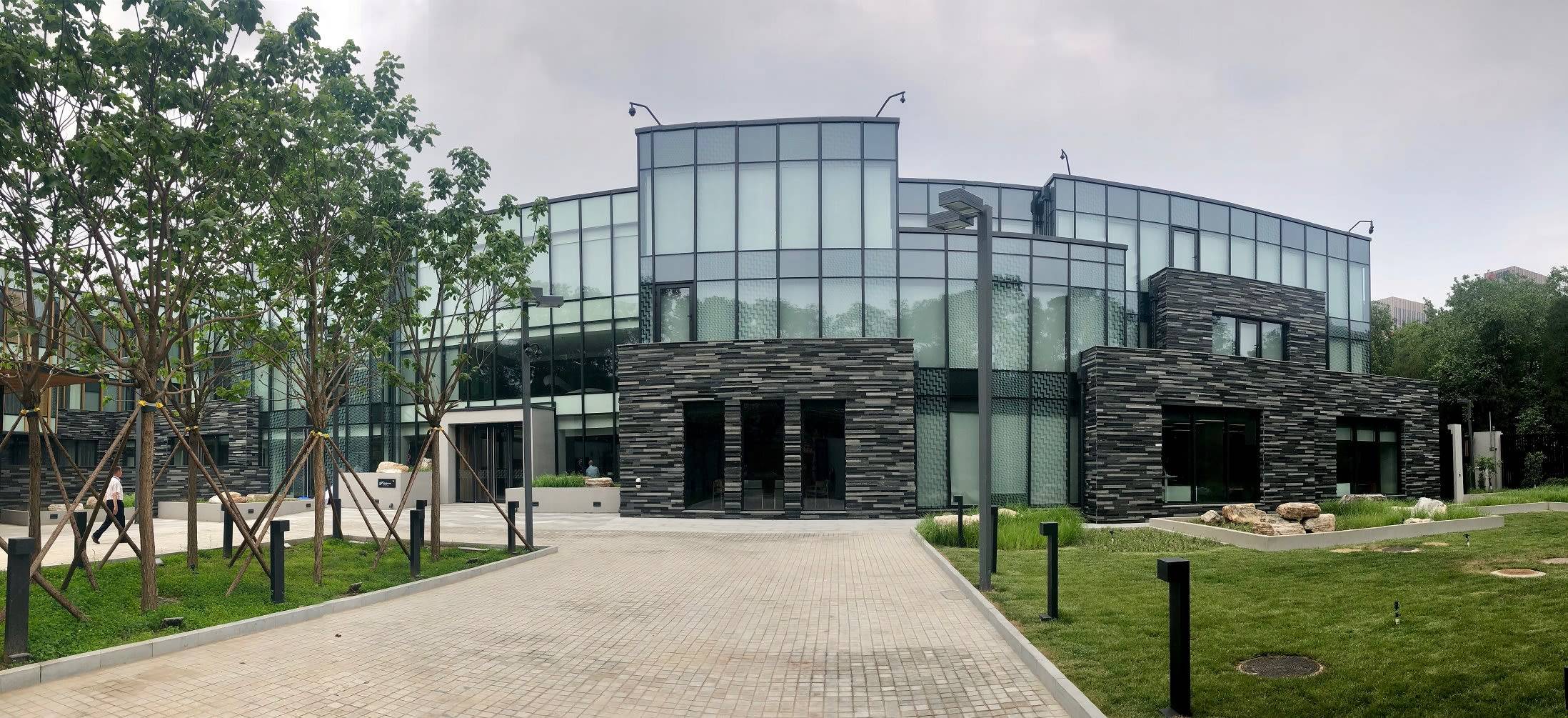
Our place in Beijing
New Zealand has a striking new home in China, rebuilt on the site of our original embassy and designed to reflect our landscapes, people and values.
On a quiet leafy street in Beijing, New Zealand has built an elegant and sustainable new building to be the heart of its official presence in China.
Kiwi informality, openness, and connection to the environment
Made of textured stone, timber and patterned glass, the recently-completed rebuilt New Zealand Embassy stands out for its simple profile, contrasting natural materials, and open aspect.
It sits in an uncluttered landscape in a part of old Beijing that is close to the ancient Ritan Park (Temple of the Sun). Modern buildings, the symbols of contemporary Beijing, are not far away.
Architect Dominik Mazur says his vision was to create a sense of welcome that reflects Kiwi informality, openness, and connection to the environment.
Closer ties and growing trade
The New Zealand team in Beijing now comprises about 80 staff in ten government agencies. They are responsible for our relationship with China in diplomacy, trade and investment, primary industries, education, tourism, immigration, police, defence, customs, and science and innovation.
The time finally came when it was necessary to decide to relocate somewhere larger outside the central city or rebuild in the same location, former Ambassador to China Clare Fearnley says.
“By 2010, our important and rapidly expanding relationship with China had long outgrown the chancery we have been in since 1972 when diplomatic ties between New Zealand and China were renewed,” she says.
“New Zealand and China now trade more every two days than in the whole of 1972. The purely economic value of the relationship to New Zealand has soared to more than NZ$27 billion in 2018, and continues to grow.
“New Zealand and China now trade more every two days than in the whole of 1972."
Former Ambassador Clare Fearnley
“The decision was taken to rebuild a fit-for-purpose embassy that reflected New Zealand and the importance of bilateral relationship to us, and allowed for its further growth.”
Former Ambassador Fearnley says the $50 million rebuild will be able to accommodate further expansion in the trade and diplomatic relationship over the coming decades, particularly as we look to upgrade the free trade agreement with China.
“But perhaps even more significantly, personal ties between Chinese people and New Zealanders are greater and warmer than ever.
“This building will be able to support and sustain our growing diplomatic, trade and personal ties with China, as well as representing what it means to be a New Zealander in the world,” she says.
Beijing is New Zealand’s primary diplomatic post in mainland China where we now also have consulates in Shanghai and Guangzhou.
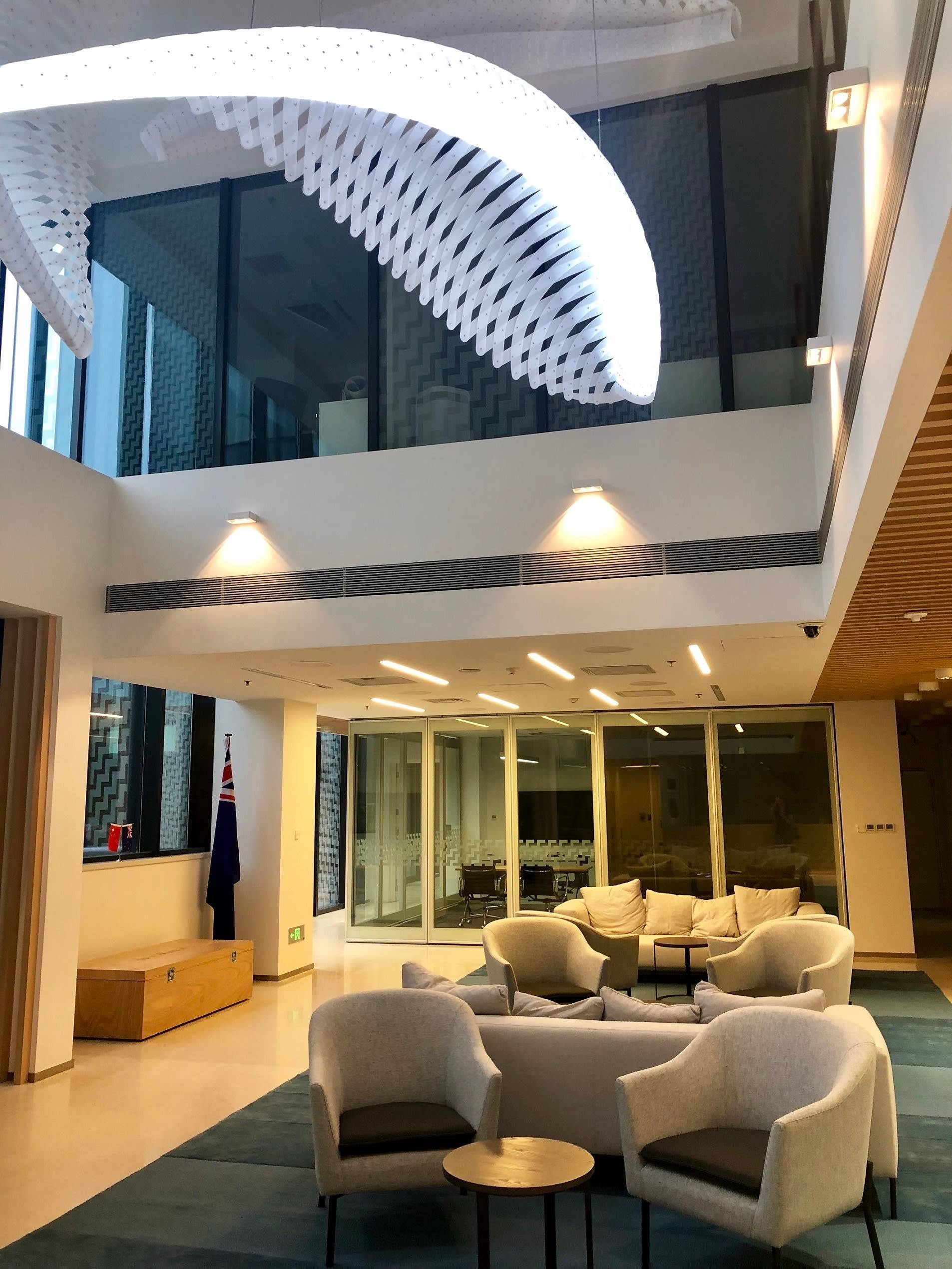


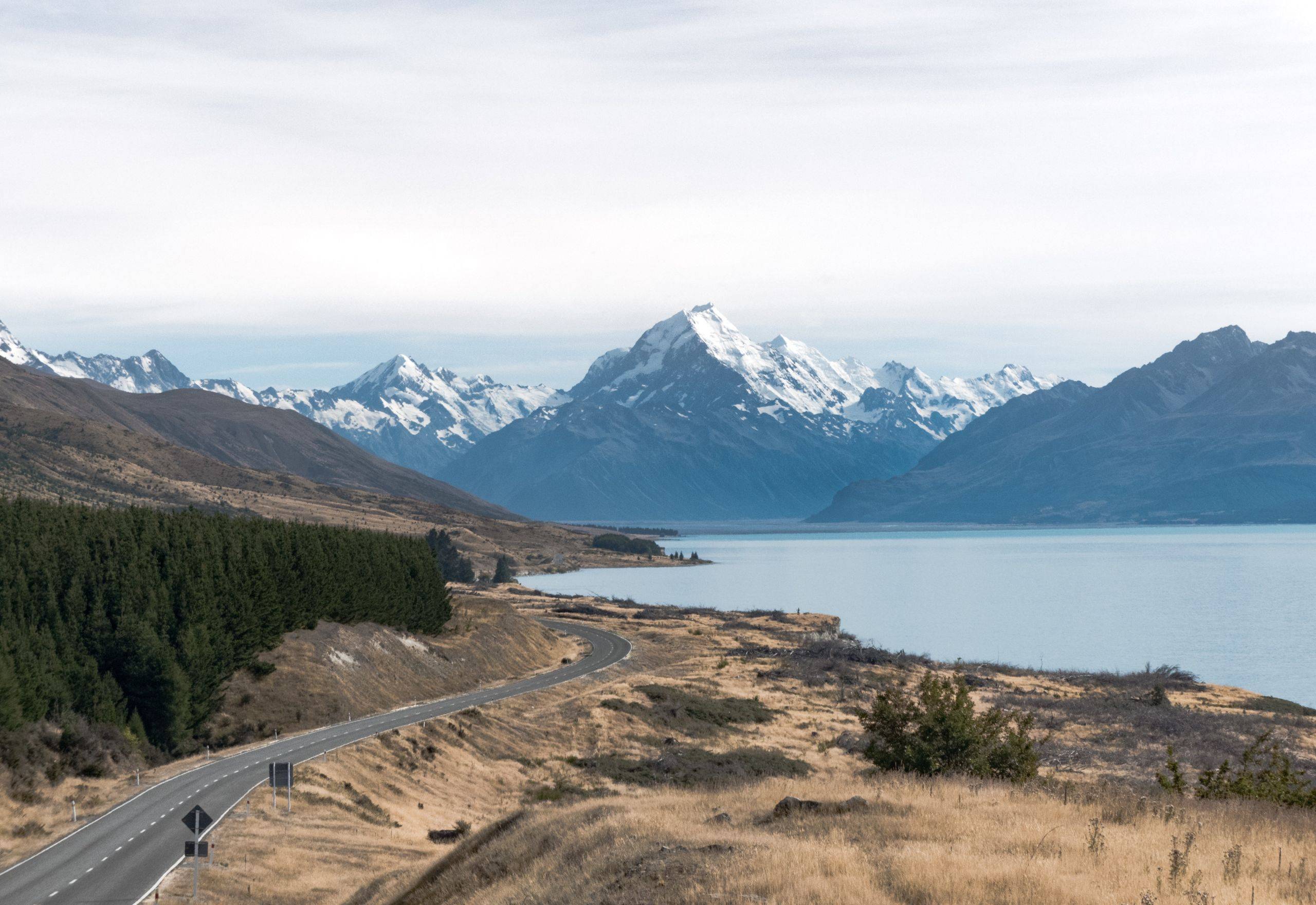
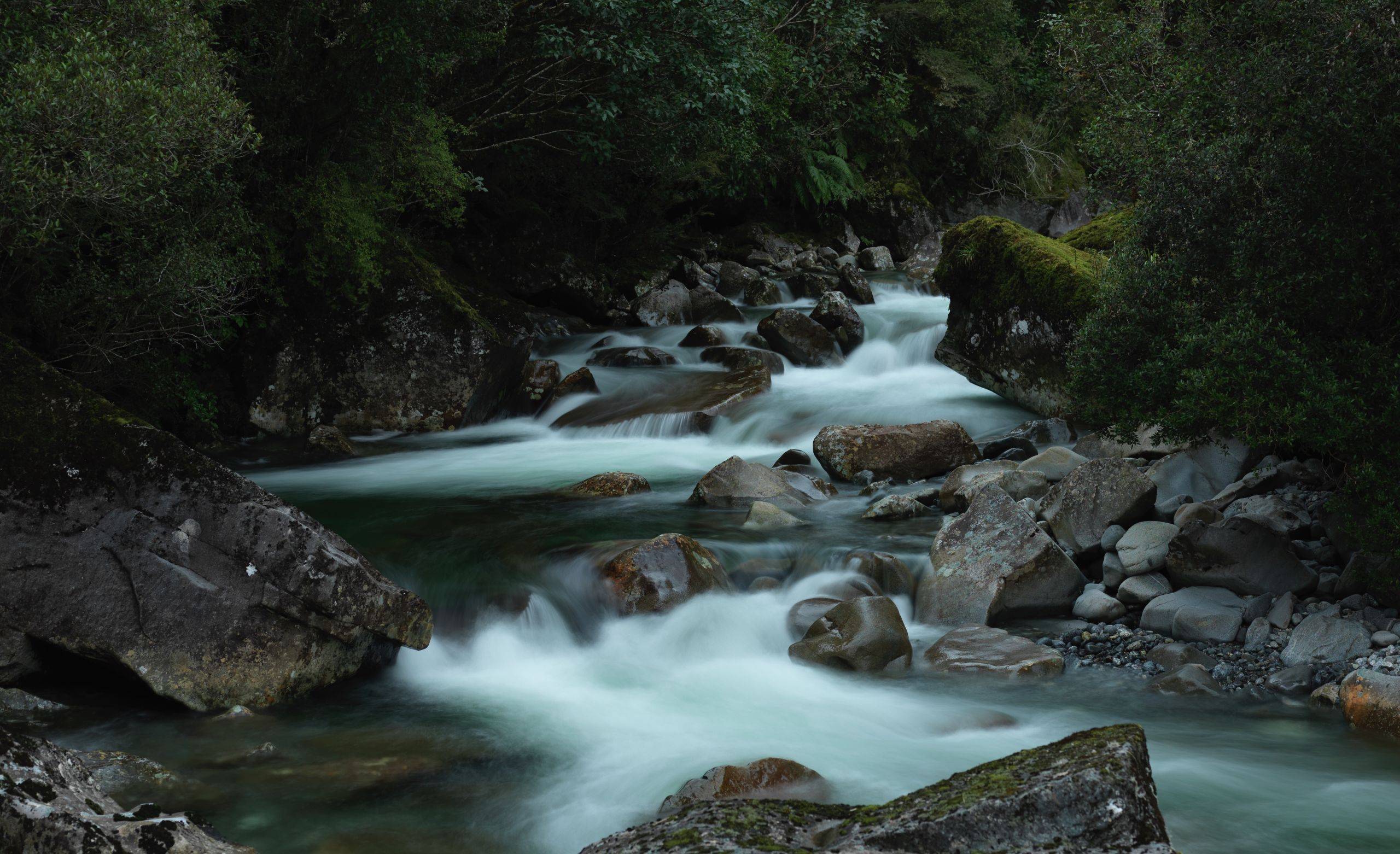
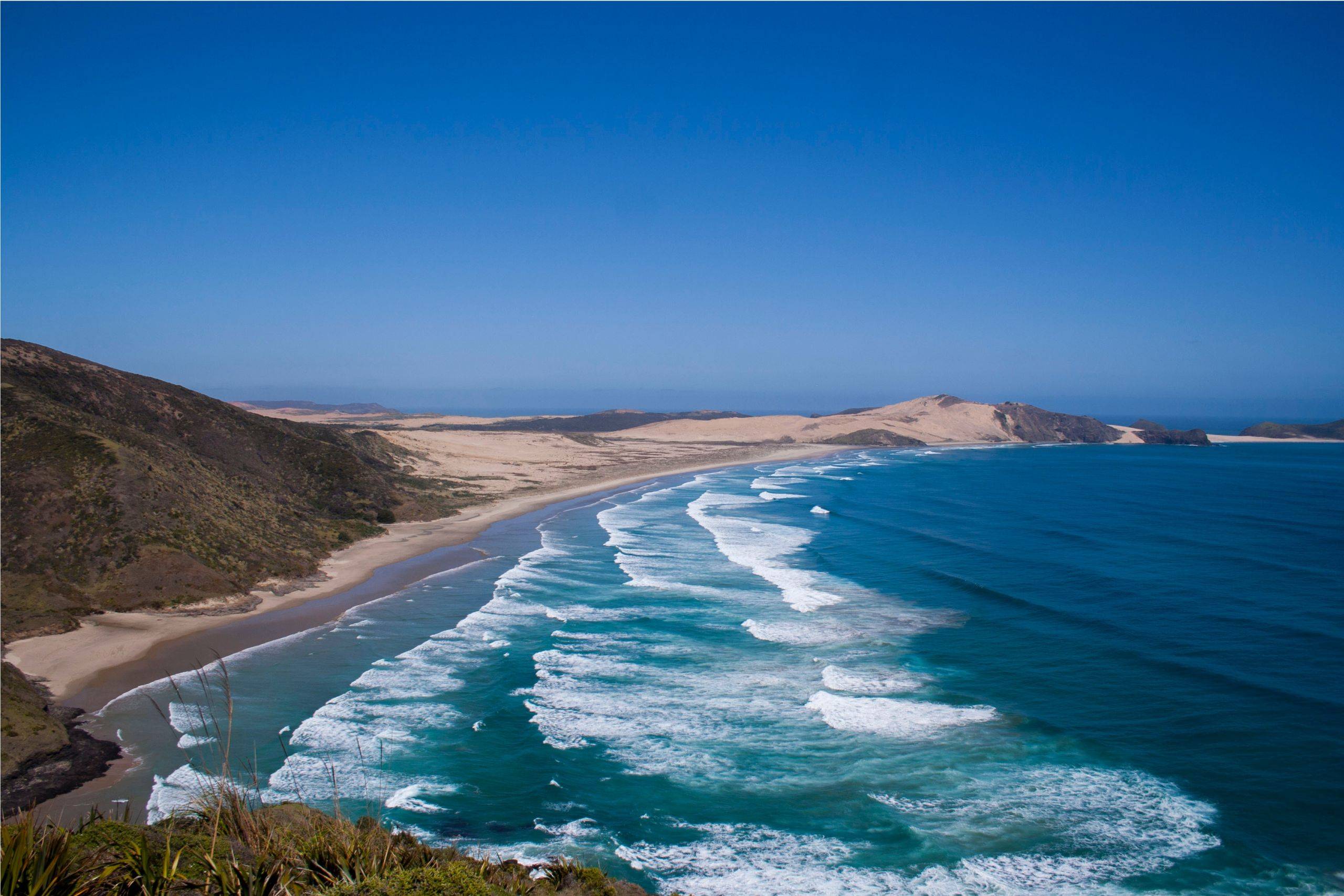
Kiwi landscapes in Beijing
Mazur says the design concept is based on the New Zealand landscape.
“We wanted to evoke mountains being thrust up out of the plains, like the Mackenzie country in the South Island. This very much influenced the shape and forms.”
The building and landscaping echoes Kiwi design, colours and functional spaces. But the materials chosen to represent New Zealand - evoking schist, tawa and rimu - are all sourced from China. It’s a clever combination, reflecting the natural environments of both countries.
“We wanted to show New Zealanders at home in the landscape."
Architect Dominik Mazur
“The cladding looks like stone schist but it’s actually local stone, and the tawa and rimu-like walls inside are all Chinese materials. It’s a nice amalgam of the Kiwi and the Asian which underscores the role of an embassy – the bringing together of cultures.
“The stone is also used inside on some of the walls and the floor, to blur the lines between the interior and exterior.”
Floor-to-ceiling glass doors and windows open onto paved and grassy open function spaces or float above the layers of multi-shaded and textured stone block walls.
“We wanted to show New Zealanders at home in the landscape. That’s why we’ve used natural finishes, and the off-tone colours you find here. These provide a backdrop to contrasts of brighter colour in the furniture, artworks and lights.”
Inside, the colour themes represent our blue coastal hues, the greens of New Zealand’s bush, and alpine creams, greys and golds.
Architect Dominik Mazur
New Zealand's indigenous culture is reflected in the design — inside and out
Elements of New Zealand's Māori culture are woven into the building's exterior and interior design.
Wooden vertical fins on parts of the exterior reference our forests and the importance of timber in our traditional architecture.
The glazed facade has a ceramic pattern which reflects a customary Māori weaving pattern — the poutama or "stairway to heaven" pattern. The poutama pattern signifies human growth, striving ever upwards, and is often associated with the quest for learning and achievement. This replicates part of a tukutuku (woven) panel in the centrepiece of the building — the whare taonga (house of treasures, special meeting room) He Pakiaka.

At heart, a taonga
He Pakiaka is a special welcoming space for visitors.
"He Pakiaka means the seed of a plant – a reminder that nurturing a relationship relies upon frequent, high quality contact.
Former Māori policy unit head Martin Wikaira
Martin Wikaira, former head of the Ministry’s Māori Policy Unit, says He Pakiaka was conceived by then-race-relations conciliator Hiwi Tauroa, following a visit he led to China with the New Zealand China Friendship Society in 1984, and the ambassador at the time, Tony Small.
They garnered a number of respected and influential supporters including master carver Pakariki Harrison, and artists Cliff Whiting and Arnold Manaaki Wilson.
He Pakiaka was first installed in the old chancery in 1986. In the new embassy, the refurbished He Pakiaka is located next to the entrance lobby, providing a unique Kiwi welcome.
The wooden carvings were created by artists from eleven iwi (tribal groups) from throughout New Zealand. The carvings, woven tukutuku panels, and painted heke (rafters) have been carefully restored. They have been reinstated and blessed.
Wikaira says He Pakiaka will be a significant place for formal welcomes.
“The room displays the beauty and power of Māori art and honours the ancestors represented in the carvings.
“The stories embedded in the whakairo (carving) and tukutuku (woven panels) are a rich representation of New Zealand’s Māori people, culture and traditions. These resonate very much in China as reflecting New Zealand’s unique identity,” he says.
A showcase for New Zealand art and design
New Zealand design is represented in the dramatic light fittings of David Trubridge, inspired by the natural environment of the Pacific. The chairs, tables, rugs and lamps all come from iconic New Zealand designers or design studios.
Respecting our long-standing historical links, the Embassy proudly features works by New Zealand artists, including some of Chinese descent.
Simon Kaan's Māori and Chinese heritage is evident in his subtle, meditative art in the example below. His Māori world view meshes with the philosophy of the Dao 道 — the ancient Chinese tradition of living in harmony with nature and behaving with compassion, moderation and humility.
Image below: Untitled 1, 2, 3 (2017) by Simon Kaan (Ngāi Tahu and Poon Yue province)
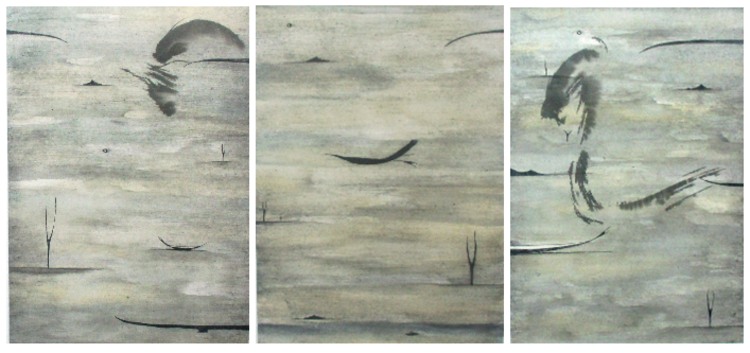
Innovative design for sustainability and function
The light streams in, so staff are shaded by sun blinds and glass etched with designs representing the decorative woven panels – or tukutuku – such as those found in He Pakiaka.
“It was important to include sustainability and technological innovation in the design because these are things that we Kiwis pride ourselves on – and an embassy is an extension of both our national identity and international image,”
Mazur says. “The ceramic ink design on the outside of the glass keeps it cooler in summer but lets in lots of natural light. The glass is also double glazed to retain the heat in winter.
“Beijing is located in an area of seismic activity so the building is built on base isolators, and has large water storage facilities so business can continue if there’s a disruptive natural event.”
The building showcases sophisticated technological innovation and design, yet is modest and functional.
Our new Beijing Embassy encompasses the Ministry's core values of kotahitanga (strength from diversity) and manaakitanga (honouring and respecting others). It says: New Zealand is small, but we’re welcoming and open; we have good ideas and integrity – come and be our guest.
Haere mai. Haere mai. Haere mai.

